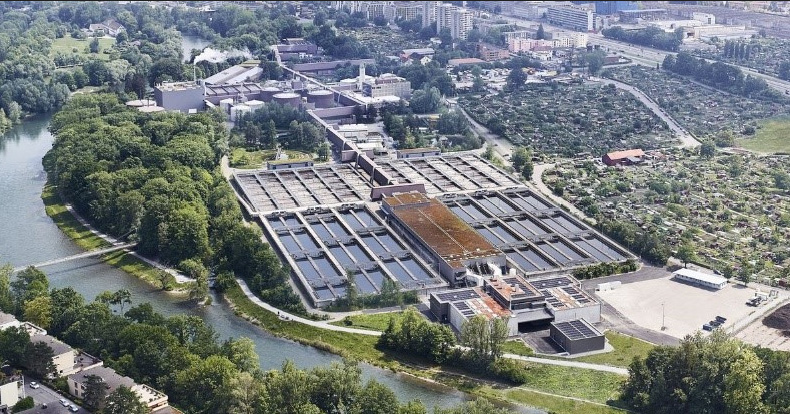Department Environmental Chemistry
Identification of Pharmaceutical and Synthetic Antioxidant Metabolites by Suspect and Non-Target Screening in WWTPs and their Abatement during Wastewater Treatment
In Switzerland, around 30’000 compounds are contained in a myriad of products used in everyday life, such as pharmaceuticals or synthetic antioxidants. Upon intake in the human body, these compounds are often metabolized in order to increase polarity and facilitate their excretion. The detection of specific metabolites in raw wastewater is an indication human exposure. Further, the abatement of these metabolites during wastewater treatment in comparison to their parent compounds is of interest, as for many substances the fraction of metabolites is larger and some have different chemical properties and are even known to have a higher toxicity compared to the respective parent. This becomes especially relevant for the aquatic environment after discharging the treated wastewater.
Therefore, this project aims at the identification of parents and their human metabolites in raw wastewater by target, suspect and non-target screening, as well as their differential abatement during the treatment steps in wastewater treatment plants, focusing on plants upgraded with ozonation as tertiary treatment.
First, we focus on pharmaceuticals which human consumption is well documented. Second, we study synthetic antioxidants (SAOs), a compound class of little focus in terms of human metabolism and environmental fate. They can increase the shelf life of products by reaction with free radicals to prevent oxidative reactions. With the outbreak of the COVID-19 pandemic, SAOs are of increasing interest, since they are contained in face masks. Because SAOs are additives and not chemically bonded to their substrates, uptake by humans has to be expected.


